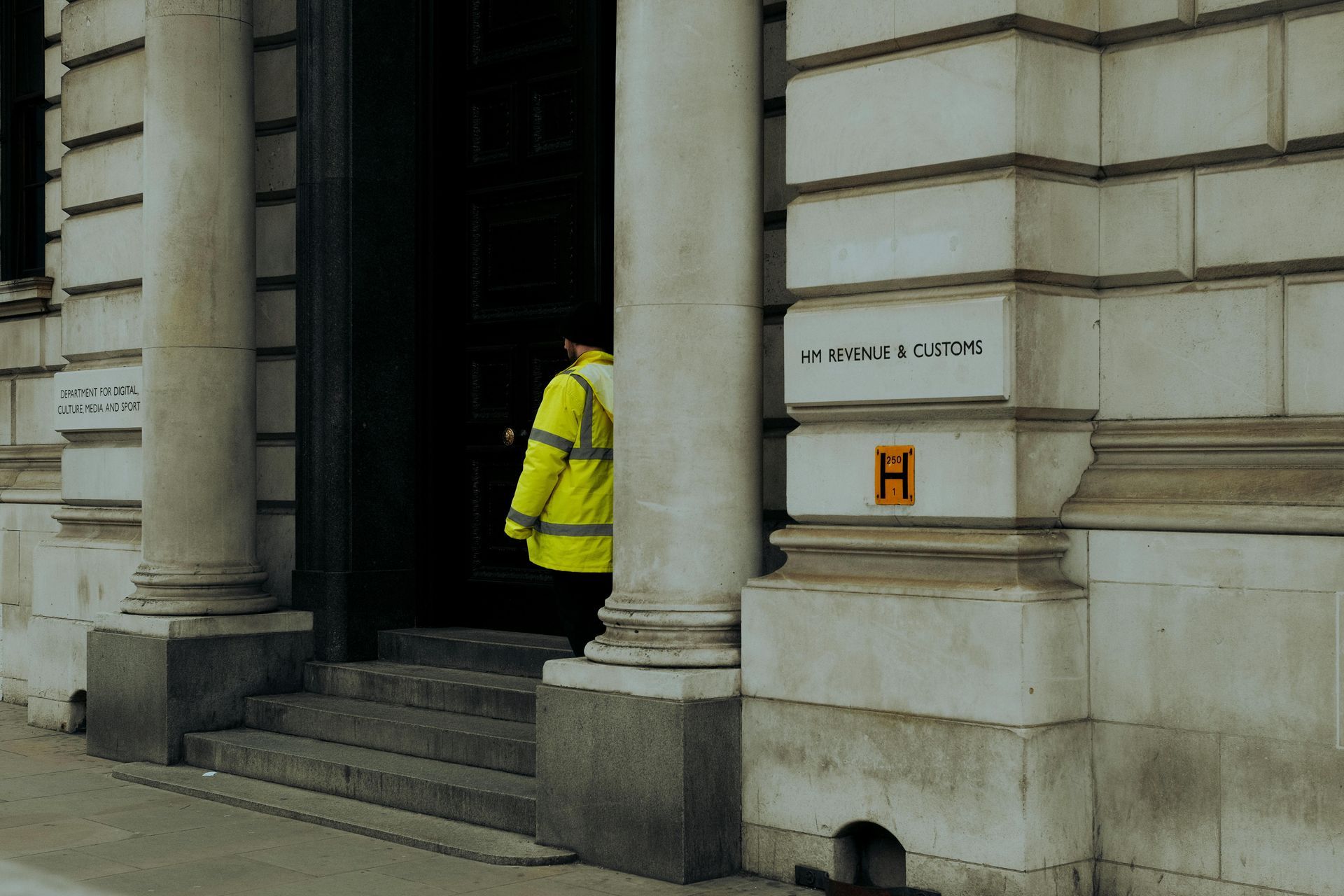
welcome@mpoweraccounting.com
| 01892 234353
Self-Assessment, why do I have to make a return and when do I have to pay?
Self-assessment is the system used by HM Revenue and Customs (HMRC) to collect Income Tax from individuals. Tax is usually deducted automatically from wages, pensions, and savings, but people who run businesses, rent property or have multiple income streams must report it in a self-assessment tax return.
Who Needs to File a Self-Assessment Tax Return?
You must send a tax return if, in the last tax year (6th April to 5th April), you were:
- Self-employed as a ‘sole trader’ and earned more than £1,000 (before deducting anything you can claim tax relief on).
- A partner in a business partnership.
- Receiving income from renting out property.
- Earning tips and commission.
- Receiving income from savings, investments, and dividends.
- Having a total income over £100,000.
- Claiming Child Benefit and your income (or your partner’s) was over £50,000.
- Make a profit (capital gain) on the sale of any assets, such as a house you don’t live in.
Key Deadlines
- Registering for Self-Assessment: by 5th October following the end of the tax year you need to file for.
- Paper Tax Returns: by the 31st October.
- Online Tax Returns: by 31st January following the end of the tax year.
- Paying Tax Owed: by 31st January following the end of the tax year.
- Payments on Accounts: by the 31st July the year following the end of the tax year.
If you’ve never filed a tax return before, you will need to register for Self-Assessment online. This involves setting up an account with HMRC. After registering you will receive your 10 digit Unique Taxpayer Reference (UTR).
Completing and submitting the tax return can be a complex task. You will need details of business income and expenses, other income, pensions and dividends and other tax-deductible items such as allowances and donations. Using a professional will ensure that everything is reported correctly and that you declare and pay the correct amount of tax. Accounting professionals will have use of bespoke software through which they can file directly to HMRC saving you valuable time while also giving you peace of mind.
Tax due needs to be paid by the 31st January the following and if a payment on account is due this will need to be paid by the 31st July.
So what are Payments on Account?
Payments on Account are advance payments towards your tax bill. They are made twice a year by taxpayers who file a self-assessment tax return, with the goal of spreading the cost of the tax liability more evenly across the year.
Who Needs to Make Payments on Account?
You must make Payments on Account if your last self-assessment tax bill was more than £1,000. You do not have to make Payments on Account if more than 80% of your tax was collected at source (e.g., through PAYE).
How Payments on Account Are Calculated?
Each payment is half of your previous year's actual tax bill. For example, if your tax bill for the 2022-23 tax year was £4,000, you will make two Payments on Account of £2,000 each for the 2023-24 tax year.
When are Payments Due?
The first payment is due by 31st January during the tax year which it applies to. It is paid at the same time as the tax that is due from the previous year. The second payment is due by 31st July following the end of the tax year on the 5th April.
The Balancing Payment
If your actual tax bill for the current year is higher than the Payments on Account made, you will need to pay the additional amount by 31st January following the end of the tax year. If your actual tax bill is lower, you will receive a refund or you can offset it against future tax bills.
Adjusting Payments on Account
If you expect your income to decrease and believe your tax bill will be lower than the previous year, you can request to reduce your Payments on Account. However, if you do reduce the payment and the amount due is more than you paid you will be liable for interest payments on the unpaid amount. It is always best to complete and file the return before the end of July to be certain of the amount that is due.
Tips for Managing Self-Assessment
- Keep Accurate Records: Maintain detailed records of all your income and expenses.
- Use Software: Consider using accounting software to help manage your finances and make filing easier.
- Plan for Payments: Set aside money throughout the year to cover your tax bill to avoid a financial crunch. And remember that if you need to make payments on account you will need to save more than just the current tax bill.
- Seek Professional Help: By engaging the services of an accounting professional you will have the assurance that your tax return has been completed correctly and all relevant information has been used. Even with simple returns it is easy to make errors which could lead to costly penalties and fines… and even worse, paying more tax than you should.
M:Power Accounting are specialists in self-assessment tax and can lift the burden of compliance from you. We will ensure that your tax return is correct and filed on time. The earlier a return is filed the more accurate any reduction of payments on account will be. We don’t want you to pay a penny more to the tax man than you should.
Please contact us to see how much we can help you. Let us deal with your tax return so that you can spend more time enjoying the things you like to do.
Image credit: Photo by
Nataliya Vaitkevich





Let’s connect
2 Oast View
Horsmonden
Tonbridge
Kent TN12 8LE

